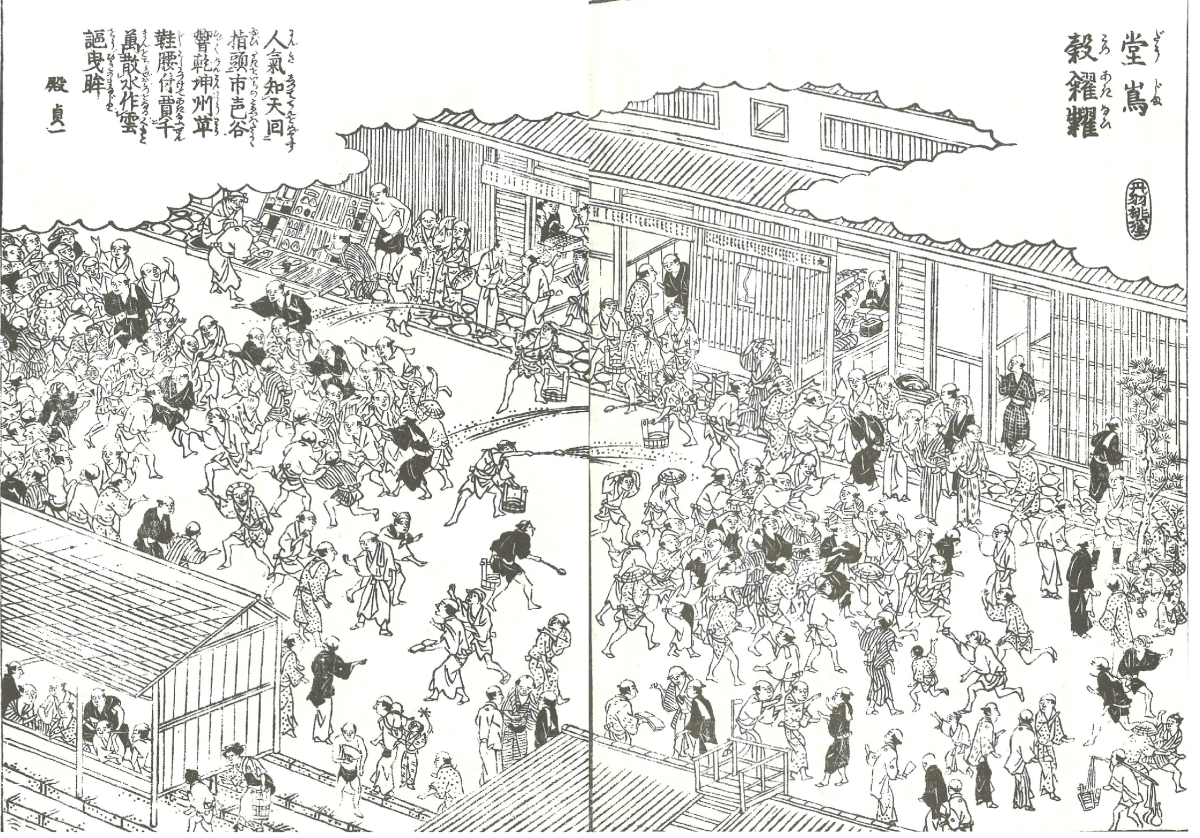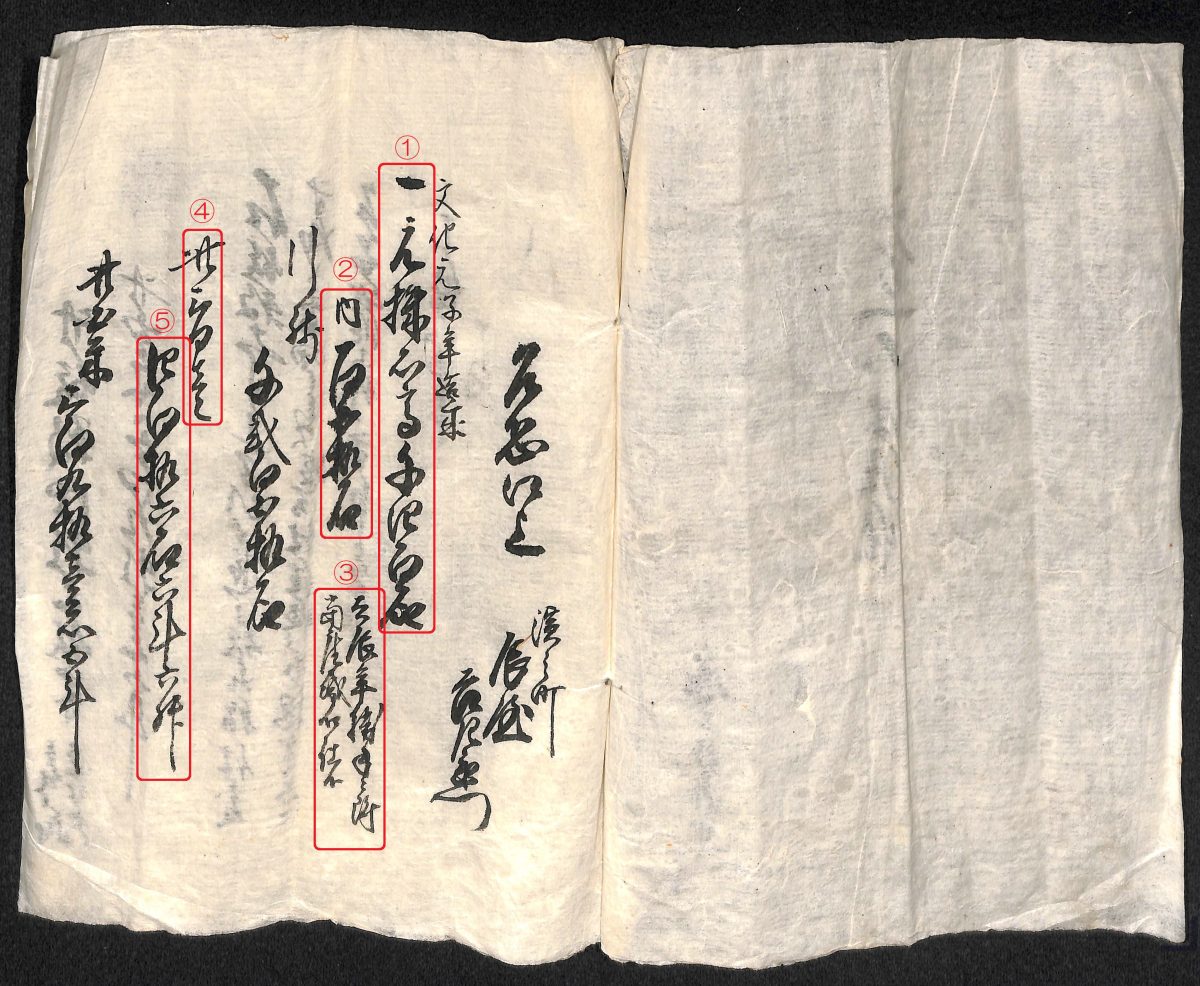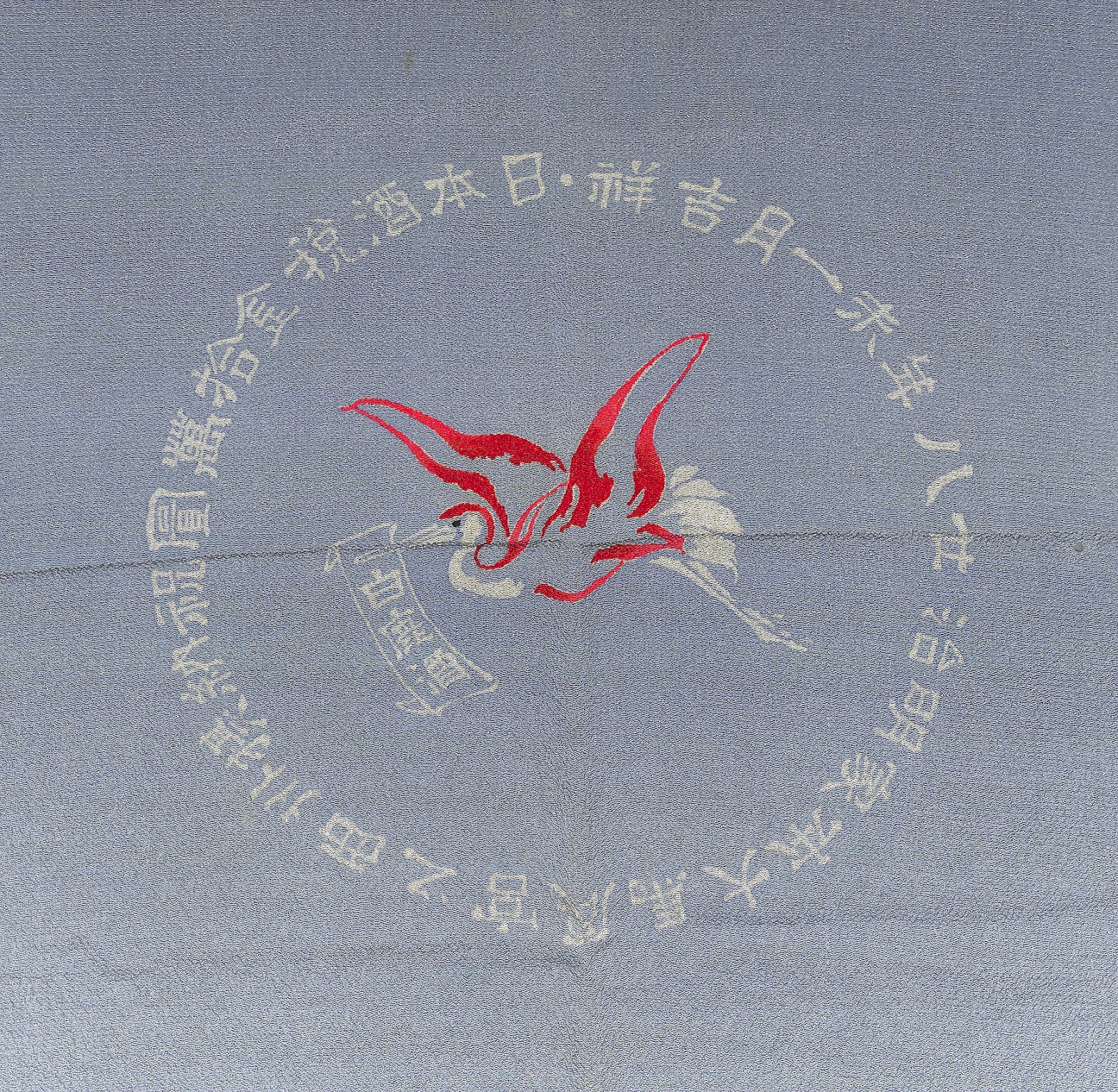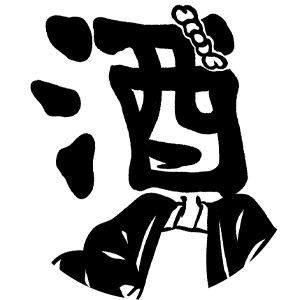At the end of March this year, “traditional sake brewing” made the news when the government proposed to register it with UNESCO as an intangible cultural heritage. The proposal will be deliberated over the 2024 fiscal year. “Traditional sake brewing” is defined as traditional Japanese sake brewing techniques using koji bacteria,” which have been developed over time through the experiences of sake brewers since before modern science was established. We hope that the history and culture of sake since the Edo period, which we have shared about in Sake Talk, will be recognized as a world cultural heritage.
This post will delve into how the Edo shogunate handled the traditional sake brewing industry during the Edo period (1603-1867).


During the Edo period, the main income source for the shogunate, feudal lords, and samurai warriors was annual rice tax. Bad harvests often occurred to the point of famine, making it an important policy issue for the shogunate to maintain a balance between the supply of rice and its price. As a result, the rice-based sake brewing industry was often regulated by the shogunate.

Now, let’s take a closer look at historical documents related to the rice used for sake brewing. The document shown above details the amount of sake brewing stock owned by Tatsuya Kichizaemon, a Nishinomiya sake brewer: “1,400 koku of brown rice as the original stock” (1 koku = approx. 150kg). This means that the amount of rice that the brewer could use was limited to the amount written on the stock they owned. According to the document, Tatsuya was allowed to use 1,400 koku of rice for his sake brewing. However, it was additionally written that Tatsuya reduced his stock 150 koku, and the total amount became 1,250 koku. This was due to the deregulation policy to promote sake brewing, which had been issued by the Edo shogunate a few years earlier. With this policy, people were able to brew sake regardless of the amount of brewing stock they had, or even without owning the stock. This policy was proclaimed during a year of good rice harvest when the supply of rice increased, resulting in a price decrease. Increasing the amount of rice used for sake brewing would raise the market price of rice. Although the policy helped to raise the price of rice, it lowered the price of sake. Tatsuya must have reduced the 150 koku of rice having known that.
Let’s look further into the historical record. In the same year that Tatsuya reduced the amount of brown rice for his company’s sake brewing from 1,400 koku to 1,250 koku, a Sake Brewing Restriction Order was proclaimed, so the amount of rice that Tatsuya could use was limited to 1/3 of 1,250 koku – only 416.66 koku. The Sake Brewing Restriction Order was a shogunate policy that limited the amount of rice that could be used for sake brewing in order to ensure the availability of rice in the market, when rice prices soared due to bad harvests and other factors. When the order was proclaimed, sake brewers were forced to reduce the amount of rice they used regardless of their business strategy.
As you can see, sake brewers in the Edo period had to manage their businesses in response to changes in the shogunate’s policies related to fluctuations in the rice market, requiring them to be astute in business as well as sake production.
We look forward to seeing you next month!







It was a grand name succession party!